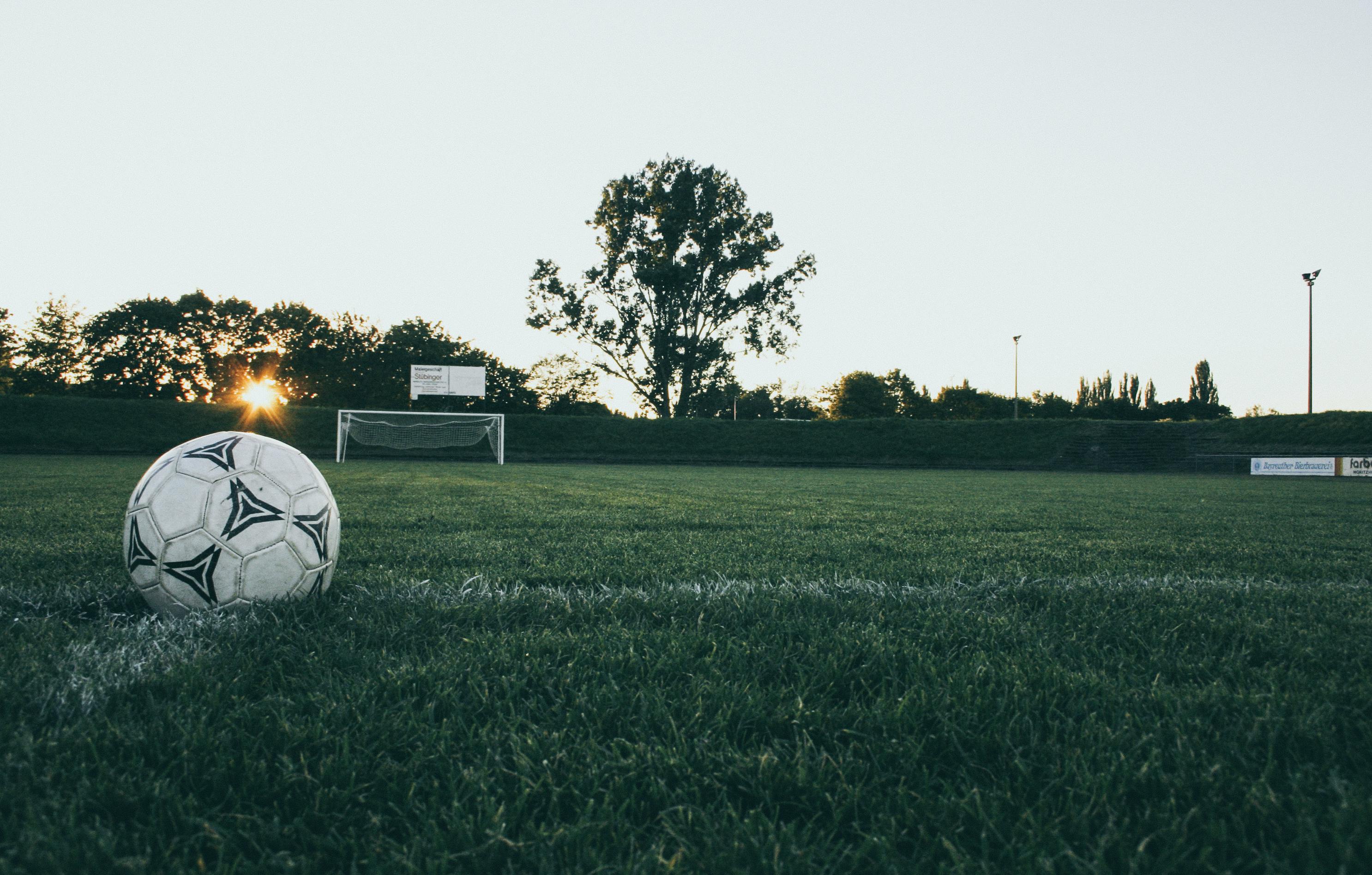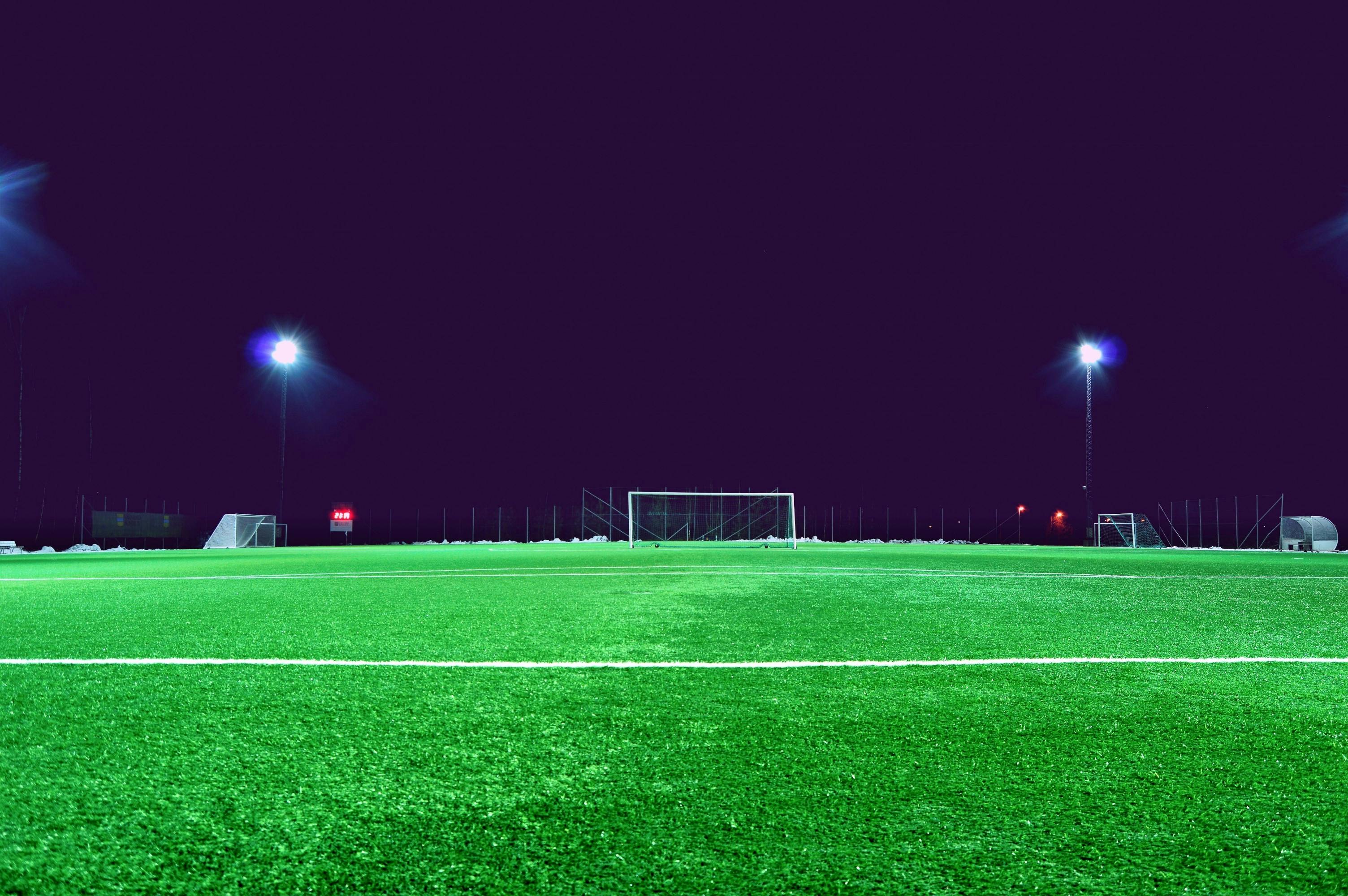
Football has always been a sport of constant evolution, but the 2025 season has brought tactical innovations that are fundamentally changing how the beautiful game is played. From revolutionary kick-off strategies to the resurgence of traditional striker roles combined with ultra-modern positioning systems, managers across the world's top leagues are pushing the boundaries of what we thought possible on the pitch. These aren't just minor tweaks to existing systems—they represent a complete reimagining of football philosophy.
What makes this tactical revolution particularly fascinating is how it combines cutting-edge data analysis, artificial intelligence insights, and traditional football wisdom. Coaches are no longer bound by rigid formations or outdated conventions. Instead, they're creating fluid, adaptable systems that transform based on game situations, opponent weaknesses, and even individual player strengths in real-time. Let's explore the tactical trends that are redefining football in 2025 and what they mean for the future of the sport.
The Inverted Full-Back Revolution: Defense Becomes Midfield
Perhaps no tactical innovation has transformed modern football more dramatically than the inverted full-back. Pioneered by managers like Pep Guardiola and now adopted across elite football, this approach sees traditional defensive full-backs moving into central midfield positions when their team has possession. What was once experimental has become standard practice at the highest levels of the game.
The inverted full-back system creates numerical superiority in midfield, allowing teams to dominate possession and control the tempo of matches. When a team attacks, the full-backs tuck inside to form a back three with the center-backs or push even higher to create a box in central midfield. This fluidity makes it incredibly difficult for opponents to press effectively, as the defensive shape constantly shifts and adapts.
Key benefits of the inverted full-back include:
- Midfield Overloads: Creating extra passing options in central areas where games are won and lost
- Defensive Stability: Forming a secure back three when possession is lost, preventing dangerous counter-attacks
- Width Preservation: Allowing wingers to stay high and wide, stretching opposition defenses horizontally
- Progressive Passing: Positioning technically skilled defenders in areas where they can dictate play forward
- Pressing Resistance: Making it nearly impossible for opponents to effectively press in dangerous areas
Teams that have mastered this system, including Manchester City, Arsenal, and Bayern Munich, have enjoyed unprecedented possession statistics and control. The approach requires full-backs with excellent technical ability, tactical intelligence, and the fitness to cover enormous distances throughout matches.
Strategic Kick-Offs: The New Set-Piece Revolution
In what might seem like a minor detail, kick-off strategies have become a fascinating tactical battleground in 2025. Teams are now deliberately kicking the ball out of play in the opposition's final third immediately from kick-off to gain a throw-in in an advanced position. This seemingly counterintuitive approach has already occurred three times in the opening weeks of the Premier League season—more than the previous five seasons combined.
Why would teams voluntarily give up possession? The answer lies in the geometry and physics of throw-ins versus kick-offs. A throw-in in the attacking third provides several advantages: the ball can be thrown with precision to specific targets, opponents cannot be offside from a throw-in, and the attacking team can set up structured patterns that are difficult to defend against.
This innovation reflects broader trends in modern football where every moment, including restarts, is meticulously planned and rehearsed. Teams spend hours in training developing throw-in routines, corner kick variations, and even goal kick patterns designed to create advantages. The strategic kick-off represents the logical extension of this approach—recognizing that sometimes surrendering possession in one area of the pitch can lead to better opportunities in another.
The Return of the Traditional Number 9 (With a Modern Twist)
After years of false nines, inverted forwards, and fluid attacking systems where strikers dropped deep or drifted wide, the traditional center-forward is experiencing a remarkable renaissance. Players like Erling Haaland have demonstrated that a powerful, goal-focused striker operating primarily in the penalty area can still dominate modern football—but with crucial differences from old-style target men.
Modern number nines combine traditional attributes like physicality, aerial dominance, and clinical finishing with contemporary skills including intelligent pressing, link-up play, and tactical awareness. They understand when to hold their position and when to create space for teammates. They can play with their back to goal but also run the channels and exploit spaces behind defensive lines.
This evolution represents football's perpetual cycle of action and reaction. As defenses became more sophisticated at dealing with fluid attacking systems, strikers who could occupy defenders and provide a consistent goal threat regained their value. However, they must now do far more than previous generations, contributing to defensive efforts and participating in build-up play while maintaining their primary function as goal scorers.
Artificial Intelligence and Data-Driven Tactics
Behind many of 2025's tactical innovations lies sophisticated artificial intelligence analysis that previous generations of coaches couldn't access. Modern clubs employ teams of data scientists who use machine learning algorithms to identify patterns, predict opponent behavior, and optimize team selection and tactical approaches.
AI systems can now analyze thousands of matches to identify subtle trends that human observers might miss. They can predict with increasing accuracy which players will perform well against specific opponents, which tactical adjustments are most likely to succeed in particular game situations, and even which substitutions will have the greatest impact based on current match conditions.
However, the most successful managers understand that data and AI are tools to enhance human decision-making, not replace it. Tactical genius still requires intuition, adaptability, and the ability to motivate players. The best coaches in 2025 are those who can combine cutting-edge analytics with traditional football wisdom and man-management skills.
Positionless Football: The Ultimate Tactical Evolution
Perhaps the most profound tactical trend emerging in 2025 is the concept of positionless football, where players no longer occupy fixed roles but instead move fluidly between different areas and functions based on game situations. This approach represents the culmination of decades of tactical evolution, from Total Football through tiki-taka to the hyper-flexible systems we see today.
In positionless systems, a midfielder might drop into defense to build play, then immediately sprint forward to join an attack. Wingers might tuck inside to create central overloads or swap flanks multiple times during a match. Defenders might push forward to become auxiliary strikers in certain situations. The key is that every player must understand multiple roles and positions, making teams incredibly difficult to defend against because their structure constantly morphs.
This tactical philosophy requires exceptional football intelligence, fitness, and technical ability across the entire squad. Players must read the game at a sophisticated level, understanding when to occupy certain spaces and when to vacate them for teammates. It's football at its most complex and beautiful, representing the sport's evolution toward total tactical fluidity.
High Pressing and Counter-Pressing Intensity
While not new concepts, pressing and counter-pressing have reached new levels of intensity and sophistication in 2025. Teams no longer simply press high up the pitch—they employ trigger-based pressing systems where specific opponent actions or positions activate coordinated pressure from multiple players simultaneously.
Counter-pressing, the act of immediately pressing after losing possession to win the ball back before opponents can organize, has become perhaps the most important defensive skill in modern football. The best teams transition from attack to defense in seconds, creating what's known as a "six-second rule"—if you can't win the ball back within six seconds of losing it, drop into your defensive shape.
These intense pressing systems require incredible physical conditioning and tactical discipline. Players must understand exactly when to press aggressively and when to hold their shape. A single player pressing at the wrong moment can create gaps that elite opponents will ruthlessly exploit.
The Role of Technology in Tactical Development
Virtual and augmented reality technologies are revolutionizing how players learn and practice tactical concepts. Instead of simply watching video footage or listening to coach instructions, players can now immerse themselves in simulated match situations, experiencing tactical scenarios from first-person perspectives without physical limitations.
These technologies allow players to repeatedly practice decision-making in specific game situations. A midfielder can experience hundreds of different pressing scenarios, learning to recognize visual cues that indicate when to engage and when to hold position. Defenders can practice positioning against various attacking patterns. Attackers can refine their movement patterns and timing of runs.
The impact on tactical understanding has been profound. Players arrive at training sessions already familiar with new tactical concepts, allowing coaches to spend less time on theoretical instruction and more time on practical implementation. This accelerated learning process is one reason why tactical innovation has happened so rapidly in recent years.
For more insights on football tactics and analysis, visit UEFA's official news and tactical insights and explore Wikipedia's comprehensive guide to football tactics. You can also check out Sky Sports Football for the latest tactical analysis and match coverage.
Future Trends: What's Next for Football Tactics?
Looking ahead, several emerging trends suggest where football tactics might evolve next. Asymmetric formations where teams use different structures on each side of the pitch are becoming more common. Goalkeeper-as-playmaker systems are growing more sophisticated, with keepers essentially functioning as extra central defenders during build-up play.
We're also seeing greater tactical specialization, where teams develop entirely different tactical identities for home versus away matches, or against specific opponent types. Some clubs are even creating opponent-specific tactical plans that are practiced for weeks leading up to crucial matches.
The integration of sports science with tactics will likely accelerate. Teams might adjust their tactical approach mid-match based on real-time data about player fatigue, injury risk, or performance metrics. We could see tactical systems that adapt automatically to optimize team performance while minimizing injury risk.
Conclusion: Embracing Football's Tactical Renaissance
The tactical evolution happening in football during 2025 represents one of the most exciting periods in the sport's history. From inverted full-backs creating midfield superiority to strategic kick-offs maximizing every possession opportunity, from the return of traditional strikers with modern attributes to completely positionless systems where players fluidly occupy multiple roles, football has never been more tactically sophisticated or fascinating to analyze.
What makes this evolution particularly special is that it's democratizing tactical knowledge. With broadcasts featuring detailed analysis, social media discussions of tactical concepts, and abundant educational content, fans can engage with the sport at deeper levels than ever before. Understanding these tactical innovations enhances appreciation for the game's complexity and the genius of elite managers and players.
As artificial intelligence continues advancing, as training methodologies improve, and as a new generation of tactically educated players emerges, football will continue evolving in ways we can barely imagine. The beautiful game remains beautiful precisely because it never stops changing, adapting, and surprising us. The tactical revolution of 2025 isn't an endpoint—it's just another fascinating chapter in football's endless story of innovation and evolution.
For fans, players, and coaches alike, this is an extraordinary time to be involved in football. The sport has never been more complex, more sophisticated, or more tactically rich. Understanding these trends doesn't just make you a more knowledgeable fan—it helps you appreciate the incredible skill, intelligence, and creativity that define modern football at its highest level.

The Tactical Revolution: How Modern Football is Being Redefined in 2025


















